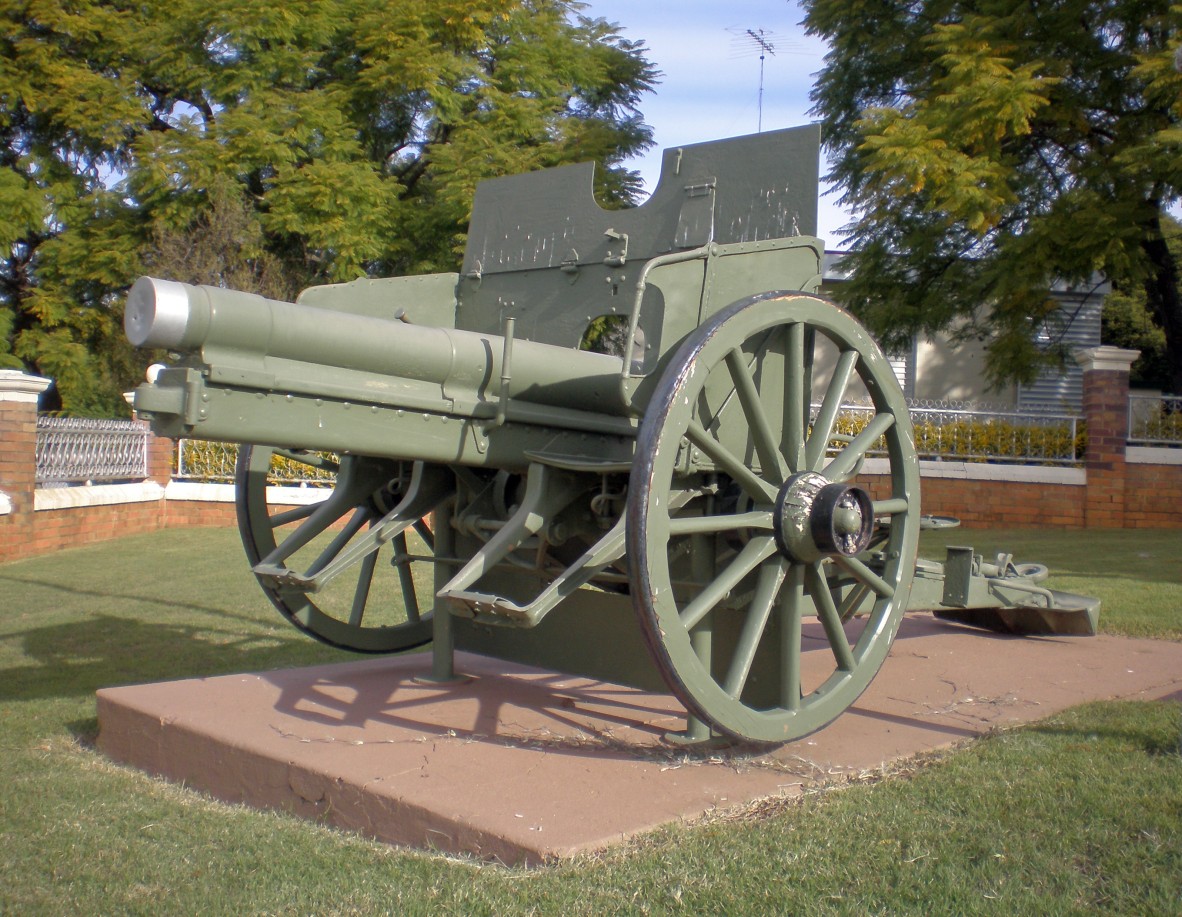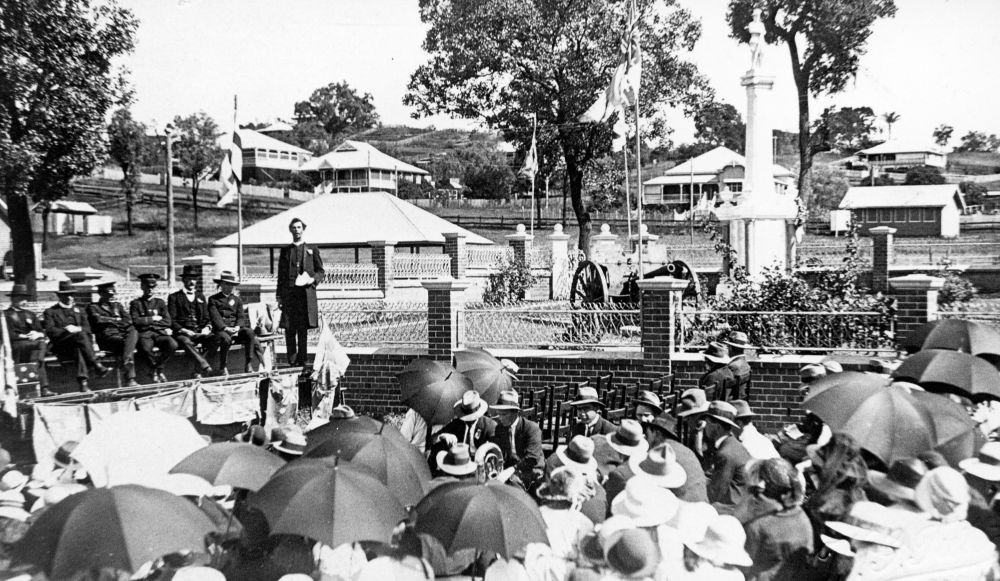Guest blogger: Mark Clayton.
When in 1921 the Queensland War Trophy Committee (QWTC) ruled that Boonah was ineligible to receive a captured field gun, the town’s citizenry resolved to try and independently secure one of these trophies by whatever means.
In the years immediately following the 1918 Armistice a grateful Commonwealth Government distributed, to towns and cities throughout the continent, almost 2,000 captured guns and mortars (along with 5,000 captured machine guns). In relative terms this was the largest collection of its kind ever assembled by an allied army, an astonishing testimony to both the AIF's military prowess, and the digger's determination to make that success known in every part of Australia. The hometown display of vanquished weaponry was especially important for a young country like Australia, far removed from the European battlefields, that had suffered the highest casualty rate of any combatant nation (in per capita terms).
State War Trophy Committees were convened to help manage the distribution of this largesse and the undignified scramble that followed the 1919 arrival of the first shipment of 220 trophy guns. After a lengthy and acrimonious public debate it was determined that trophies would be allocated on the basis of population (rather than enlistments). For Queensland, this generally meant that only those towns with more than 1,700 residents could apply for the larger, more desirable field guns.
Dissatisfied with the initial offer of a machine gun, Goolman Shire Council in the State’s south east wrote to the Committee on 24th July 1920 requesting that a Field Gun also be allocated, “seeing as it is the “Capital” of the Shire, and “its population is well over two thousand, in the town alone. Further in comparison to its size it can hold its own in regard to enlistments and decorations gained.”
Despite being supported by the Trophy Committee’s Chairman, Boonah’s appeal appears to have been defeated by the Committee Secretary’s cautionary advice…”there are 42 townships in Queensland with higher populations than that of Boonah that have not yet received a field gun. Eleven guns are available for distribution. Under the suggested scheme of distribution of final trophies Boonah becomes entitled to an additional machine gun.” Using population figures provided by the Queensland Statistician, the Committee believed Boonah’s population to be almost half (viz. 1,090) what the Shire had claimed.
For another year neither side conceded ground on the issue, despite repeated representations by both the Shire and its Federal Parliamentary representative. Frustrated by this impasse, and motivated no doubt by the appearance of trophy guns in nearby towns such as Rosewood, Laidley and Beaudesert, Boonahites began fundraising in the hope that they might yet be able to purchase their own war trophy field gun. Whereas it is not uncommon these days to see Great War trophies traded on the open market (South Brisbane’s 150 mm howitzer having been bought by New Zealand filmmaker Sir Peter Jackson), this would have been a challenging undertaking back then when emotions were still raw; when the distribution of war trophies was strictly controlled by State and Commonwealth agencies; and when war trophy guns were imbued with qualities akin to sacredness. Although the notion seemed far fetched, even then, several of the town’s citizens had become aware “that a private citizen of Southport had brought out a gun at his own expense” which he was then willing to sell. Brisbane’s Daily Mail reported that this unnamed seller (21st May 1921, page 3) had initially tried, unsuccessfully, to sell his gun to the Southport Council for nothing more than the international freight costs.
With its well subscribed field gun fund, Boonah’s envoys didn’t hesitate to pay the £76/5/ (“freight...and minor expenses”) needed to secure the gun and effect its delivery home - in time for the town’s annual show later that same week. Boonah thereby became the only Australian town (or city) ever to have purchased its own Great War trophy gun (albeit, the only privately-owned Great War trophy gun ever to reach these shores).
Seemingly oblivious to these developments the QWTC reconvened a few weeks after to consider an unforeseen and worrying development. Due to the ”apathy shown by many allottees” the Committee was now left with a surplus of field guns. Consequently, at its 8th June 1921 meeting it resolved to write and offer Boonah a Field Gun!


Mark Clayton
Further reading from Mark Clayton
Comments
Your email address will not be published.
We welcome relevant, respectful comments.